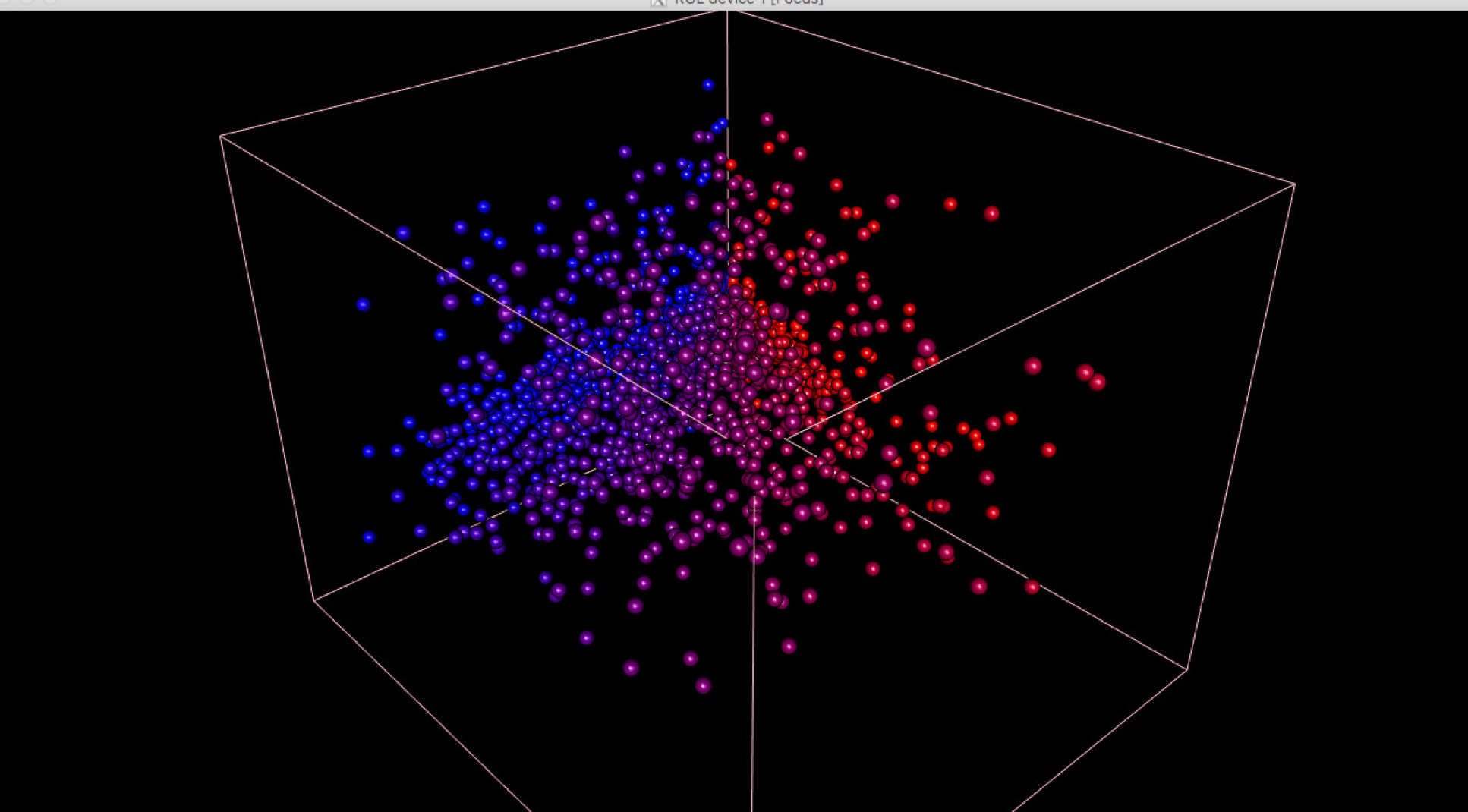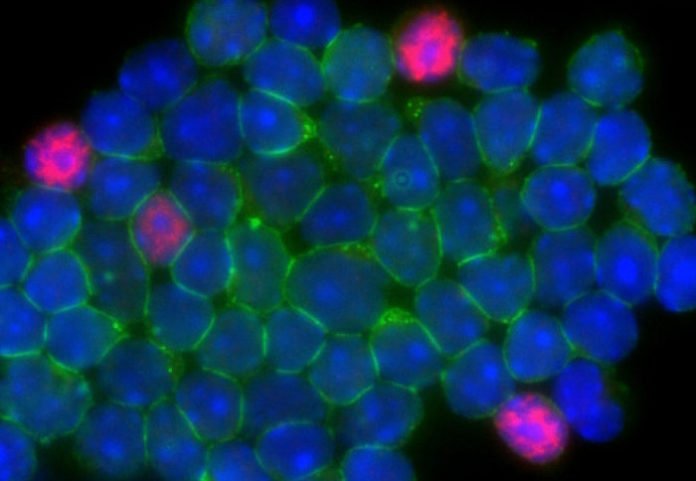The immune system is vital to human health and wellbeing, with different types of cells continuously roaming our bodies, primed to fight infection. However, the immune system is associated with a number of diseases, termed ‘autoimmune’ diseases where it turns on our body and starts producing a response where it’s not required.
Imperial scientists have recently developed an innovative technology known as Timer-of-cell-kinetics-and-activity or, ‘Tocky, that tracks immune cells and unveil the working of the immune system. The technology holds the potential to show an immune system in action and reveals what happens when things go wrong. In addition, it could provide valuable insights into autoimmune diseases.
During experiments, scientists used this technology on mice to observe immune cells involved in a mouse model of multiple sclerosis. They particularly observed T cells, a key immune cell in the fight to clear an infection.

Using the technique, scientists successfully able to characterize how a T cell activates and differentiates over time. This process of differentiation has been previously difficult to characterize due to the very dynamic nature of the process.
The technique involves a protein called Timer attached to a gene involved in T cell function. The protein changes color from blue to red as T cells are activated, the team could identify the events going on inside the cell across time as activation occurred, including identifying which signaling pathways were triggered.
Scientists also identified pathogenically (disease-causing) T cells in a mouse model of multiple sclerosis, a disorder where immune cells, including T cells, attack the brain and spinal cord.
Lead author Dr. Masahiro Ono, a BBSRC fellow from the Department of Life Sciences at Imperial, said, “As humans we have 100 million T cells in our body at once, making it challenging to look at which T cells carry out specific tasks. However, using this new technology, the team were able to show that pathogenic T cells involved in multiple sclerosis have very unique activities in the brain and spinal cord across time, interacting with specific proteins and being continuously reactivated.”
“This knowledge could help us to further understand the disease and potentially come up with new treatment possibilities in the future.”
Dr. Ono said: “What I hope is that by improving our understanding of how cells work systemically in the body, we can create a better and even more tailored method to manipulate our immune system for human health benefits.”
Scientists are further planning to try and translate this new technology so it works for other cell types, giving us a deeper understanding of how our cells work systemically around our bodies.
The research is published today in the Journal of Cell Biology.
